Why Industrial Outdoor Storage Is Gaining Ground
Traditionally the territory of mom-and-pop investors, these properties are increasingly targeted by institutional buyers, according to Dunleer’s BJ Turner.
As the leader of a value-add investment platform, our firm’s appetite for Industrial Outdoor Storage assets has been elevated lately as this niche property type is increasingly serving a mission-critical role in supporting supply chains for storage, maintenance, and dispatching of equipment and materials.
IOS properties are used by a wide variety of occupiers in transportation, ecommerce, construction, materials and utility industries and are an irreplaceable part of a company’s business model. In the supply chain, transportation is often more than 50 percent of costs, so location of these properties is a critical consideration to keep transportation expenses as low as possible, especially in an environment where fuel prices continue to rise. Many people are aware of the rising costs of gas, but, in many locations, diesel fuel has experienced a more dramatic increase.
READ ALSO: Why Industrial Outdoor Storage Is the New Hot CRE Type
Traditionally, IOS had been a property type owned largely by mom-and-pop investors and users; however, since 2020, these yards have been increasingly attracting institutional and private firms. Last month, our firm acquired two IOS yards totaling $13 million in the Southern California counties of Orange and Los Angeles, and we plan on aggressively adding to our portfolio of IOS assets over the next 18 months in key Western U.S. infill locations.
Following are three key reasons why this very specialized asset type is fast-becoming a must have for investors.
Reduced CapEx
The major expenses to consider when owning IOS property are real estate taxes and insurance, which are low compared to the carrying costs associated with other real estate sectors. Tenant improvements are often minimal or sometimes non-existent. The largest potential capital expenditures are pavement repair/replacement, fencing, gates, lighting and security. While the coordination of these items can be demanding, the complexity is far less relative to many other real estate asset classes.
Shrinking supply/increasing demand
There is a large and complex demand ecosystem that includes trucks, trailers, containers, delivery van parking, truck terminals, equipment maintenance, contractor yards and outdoor storage needs. Despite the critical nature of these facilities, the supply of available properties is unlikely to grow significantly anytime soon, especially as many municipalities tend to favor re-zoning that diminishes industrial uses and favors housing or more tax-favorable product types. In fact, IOS supply tends to decrease over time. Any well-located property that would be suitable as an IOS site is also well-suited for higher uses such as a last-mile distribution facility, or potentially up-zoned to multifamily or mixed-use development.
Ease of ownership
IOS properties are typically simple to manage, easy to lease, and reliable as a source of revenue and with higher average cap rates compared to distribution centers.
The perfect storm of rising ecommerce demand, no realistic path to increasing the supply of IOS real estate, and the low capex and management requirements required are attracting larger investors and institutional ownership in key markets. National players have embraced IOS as niche real estate due to its low cost to maintain, reliable cash flow, and a favorable ratio of supply to demand.
BJ Turner is the founder of Dunleer, a real estate investment and development company that specializes in niche-focused, value-add real estate investing in Southern California.



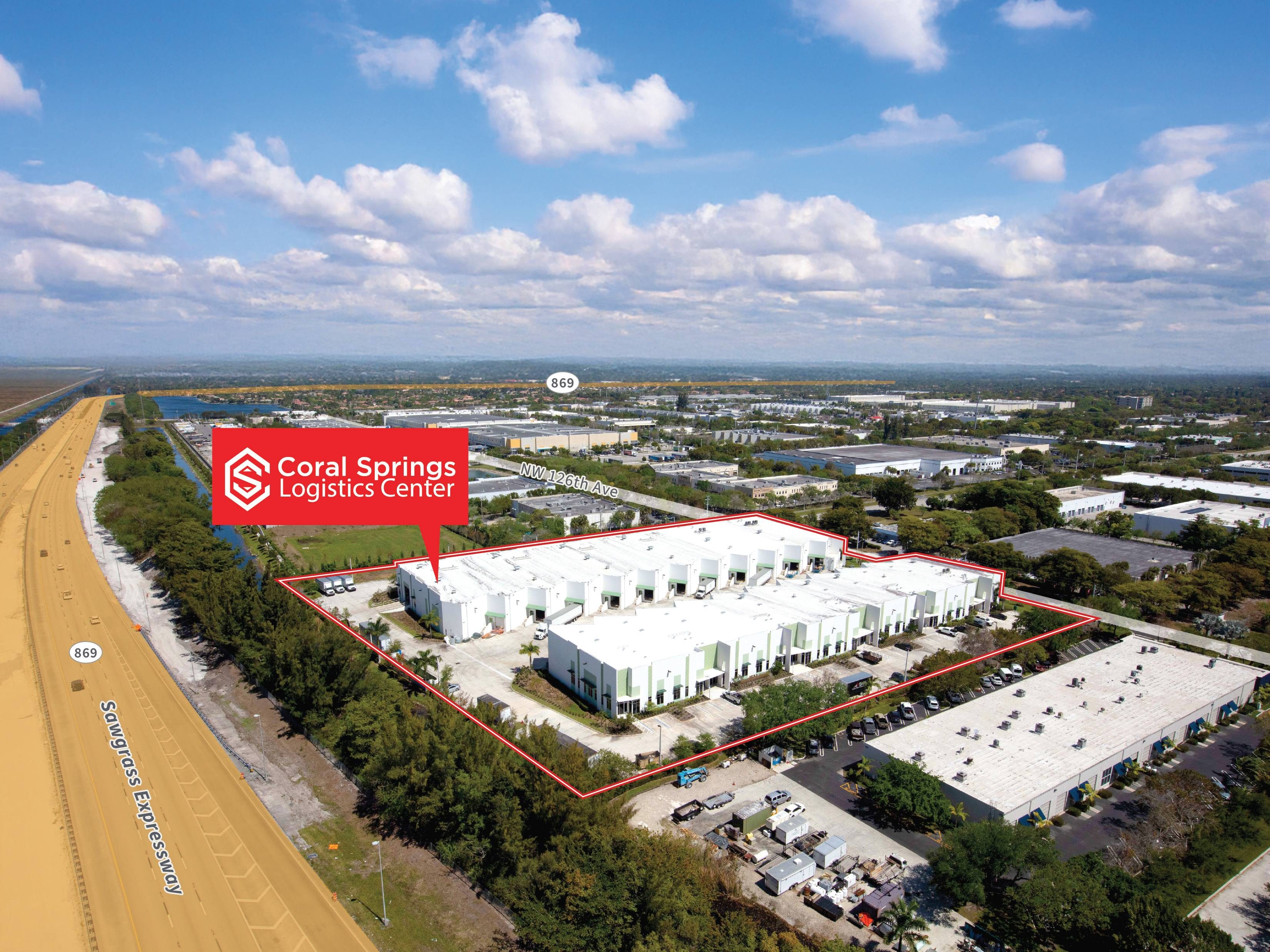
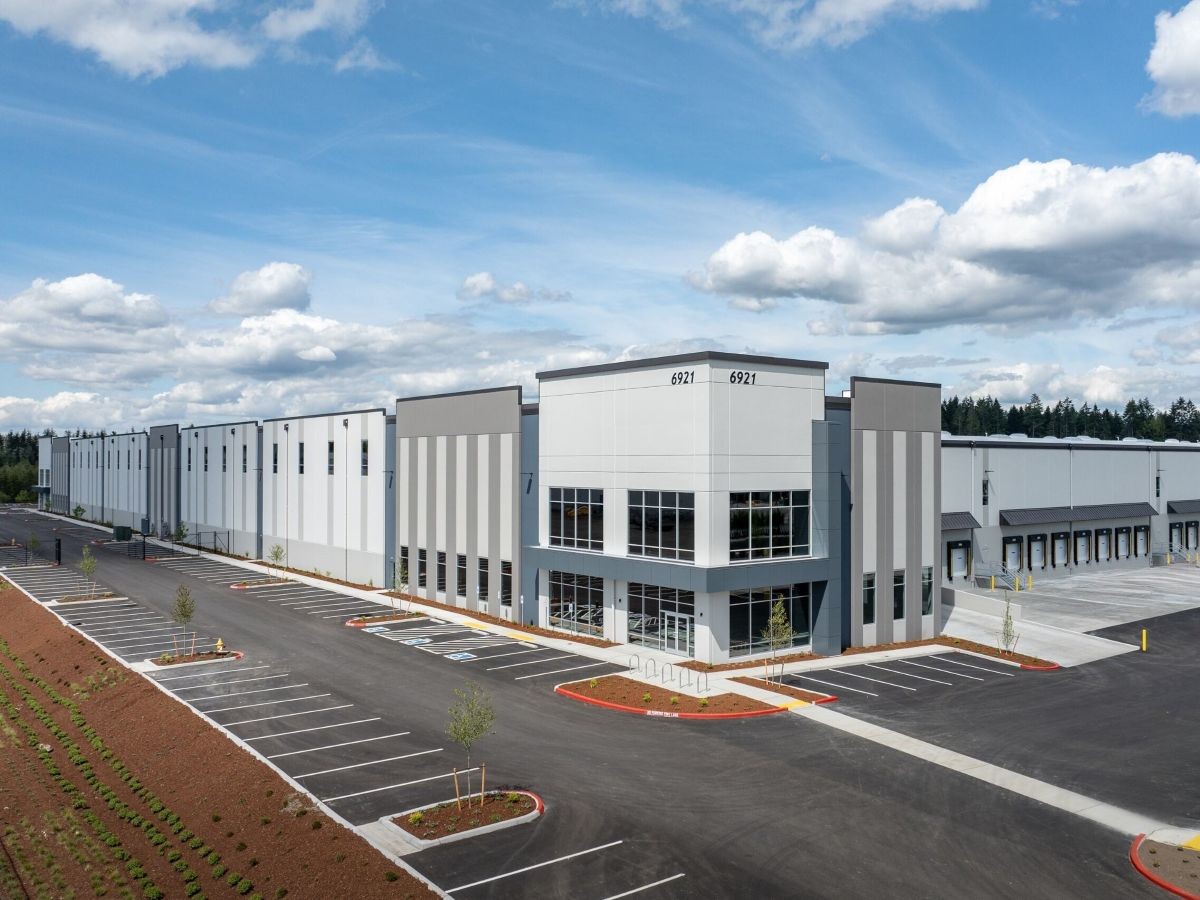
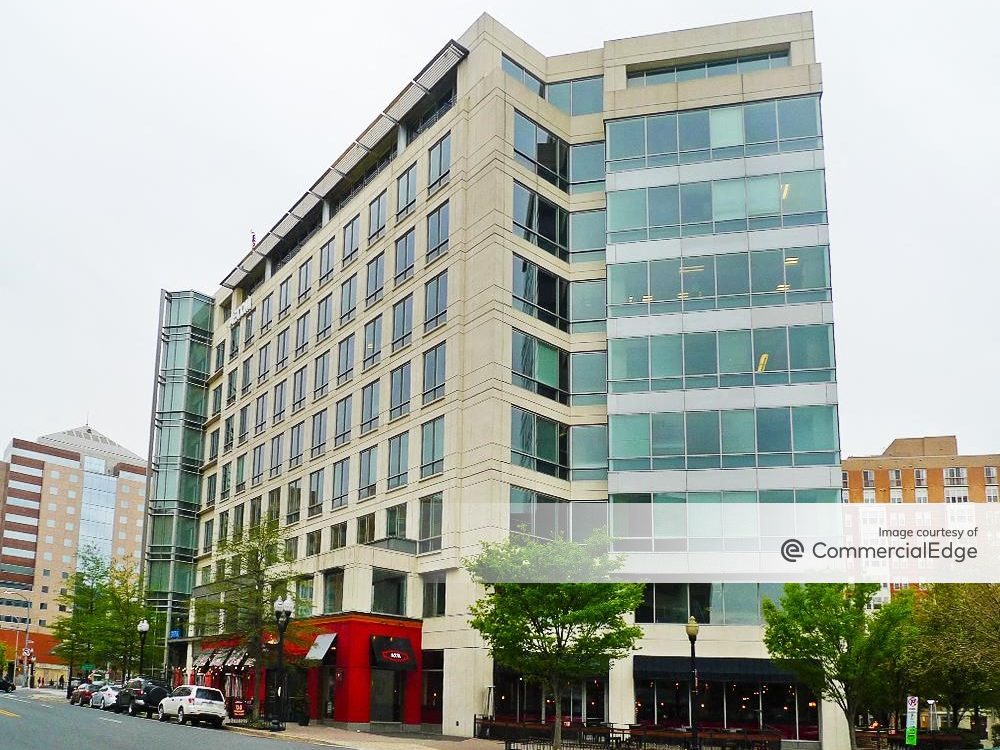
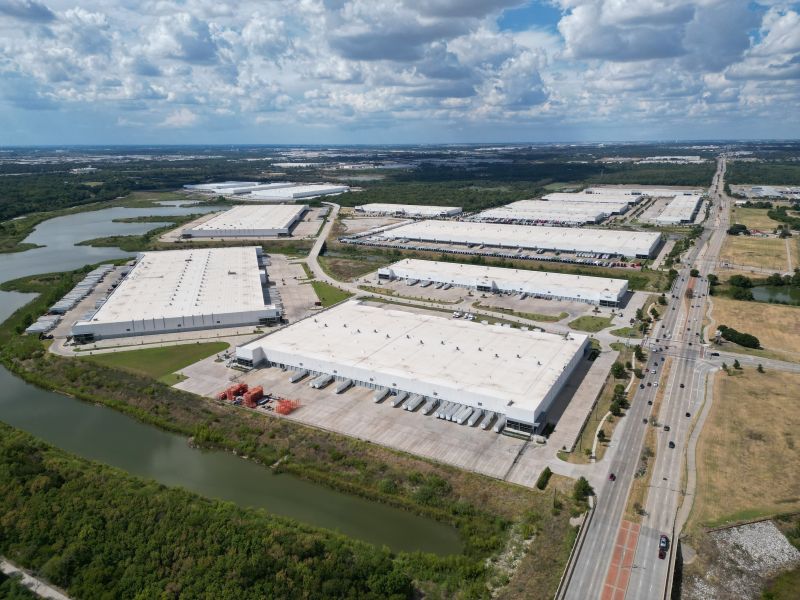
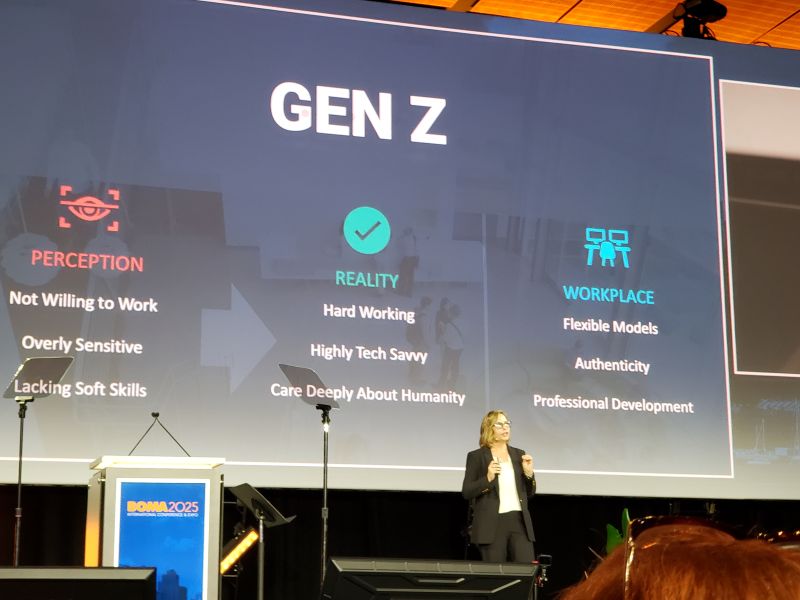
You must be logged in to post a comment.